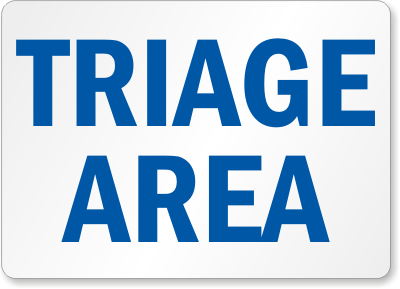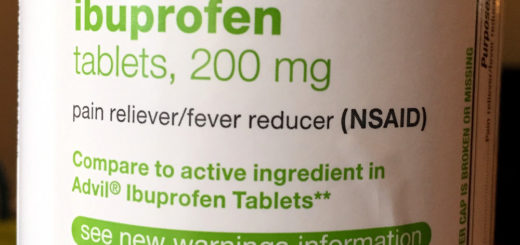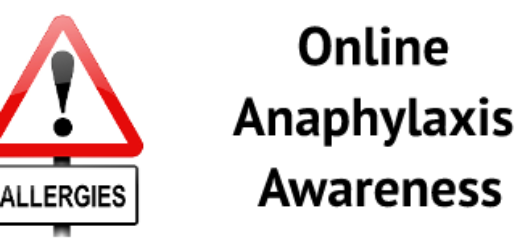What is Triage in First Aid?
You may encounter emergency situations with two or more victims. This is often the case in multiple car accidents or disasters. After making a quick scene survey, it is necessary to decide who is to be cared for and transported first.
This process of prioritizing or classifying injured victims is called ”triage.”
Triage is a French word meaning “to sort.” The goal is to do the greatest good for the greatest number of victims. A variety of systems are used to identify care and transportation priorities.
To find those needing immediate care for life-threatening conditions, follow these steps:
- Tell all people who can get up and walk to move to a specific area. If victims can get up and walk, they rarely have life-threatening injuries. These victims (“the walking wounded”) are classified as delayed priority (see below). Do not force the victim to move if he or she complains of pain.
- Find the life-threatened victims by performing only the primary survey on all remaining victims. Go to the motionless victims first. You must move rapidly (less than 60 seconds per victim) from one victim to the next until all have been assessed.
Classify victims according to these care and transportation priorities:
- Immediate care: the victim has life-threatening injuries but can be saved. Airway or breathing difficulties (not breathing or breathing rate faster than 30 per minute) Weak or no pulse Uncontrolled or severe bleeding Unresponsive or unconscious
- Urgent care: victims not fitting into the immediate or delayed categories. Care and transportation can be delayed up to one hour.
- Delayed care: victims with minor injuries. Care and transportation can be delayed up to three hours.
- Dead: victims are obviously dead, mortally wounded, or unlikely to survive because of the extent of their injuries, age, and medical condition. Do not become involved in treating the victims at this point, but ask knowledgeable bystanders to care for immediate life-threatening problems (i.e., rescue breathing, bleeding control).

Reassess victims regularly for changes in their condition. Only after the immediate life-threatening conditions receive care should those with less serious conditions be given care. Later, you will usually be relieved when more highly trained emergency personnel arrive on the scene. You may be asked to provide first aid, to help move, or to help with ambulance or helicopter transportation.





